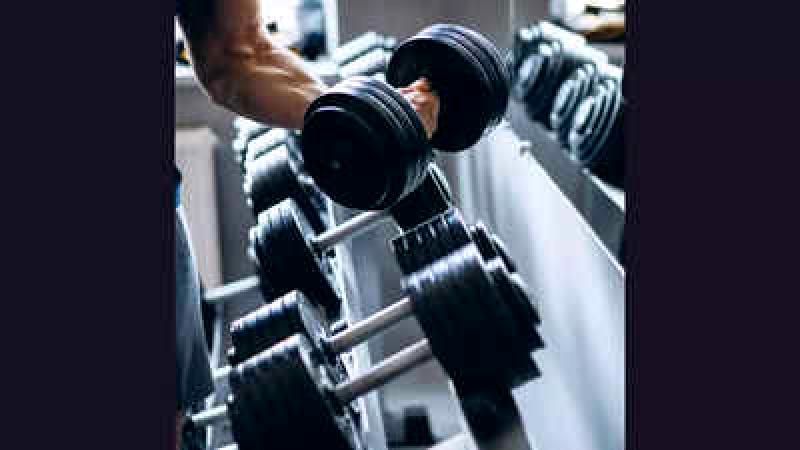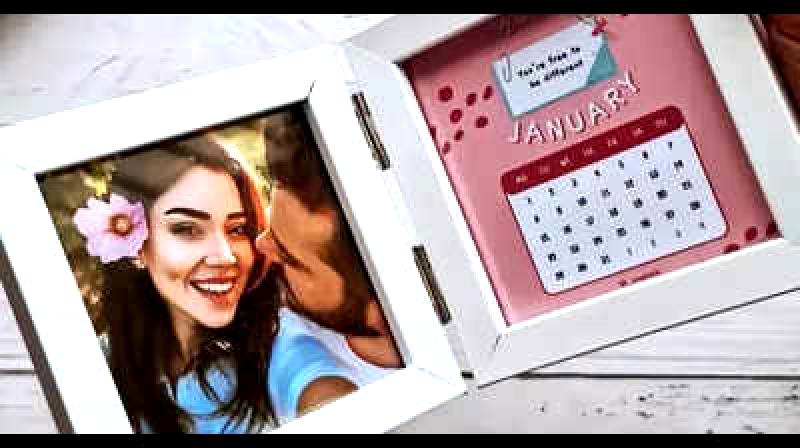
On screen, women of the Kannada film industry are celebrated as 'sheroes', but off-screen, they continue to face challenges in establishing their presence and asserting their voices. While their performances, costumes, makeup, and hairstyles receive recognition and praise, the women working behind the scenes struggle to access basic facilities such as washrooms on film sets. The issue of pay disparity further complicates their professional landscape. Over the past decade, the industry has witnessed significant changes with a notable increase in the number of women working in various roles on film sets, from stylists to choreographers to cinematographers. However, the industry infrastructure remains predominantly tailored to suit men, prompting discussions on the need for greater inclusivity. Female professionals in the film industry encounter everyday sexism as a norm. While some navigate these challenges in the hope of a better future, others opt to freelance outside the traditional industry structures. Here are the aspirations and experiences of these women:
Patriarchal norms marginalize female technicians like makeup artists, who often face biases within the industry. The makeup industry is predominantly controlled by male professionals known as 'makeup dadas', and even the makeup artist association is male-dominated. We are often underestimated by these men who believe their experience over several generations makes them superior. Working through the association, a female makeup artist may earn as low as ₹2,000-3,000 per day, whereas working independently outside the association could bring in around ₹15,000-20,000. While female leads may request specific makeup artists, they still must work 'alongside' a man assigned by the association. This set-up creates discomfort, with the female artist working inside the caravan while the male counterpart assists the actress on the sets, even in tasks as mundane as adjusting an outfit zipper or applying makeup in sensitive areas.Actresses like Vydurya Lokesh are often only considered for smaller projects, according to a screenplay writer. Producers frequently question whether a script is "women-centric," assuming that women are only capable of creating low-budget or non-commercial films. This mindset is limiting and harmful, leading to unfair treatment and lack of respect for women in the industry. As a stylist, Tejaswini Anjan Kumar shares her experience of being denied basic necessities on set and facing discrimination. There is a need for a significant change in the industry's attitude towards women, starting from the grassroots level, as emphasized by screenwriter and associate director Manasa Sharma.There is a need for an increase in the representation of female voices in the industry, especially in dubbing and singing roles. Currently, women face a noticeable disparity in the amount of dialogue given to them in films, leading to fewer opportunities for female dubbing artists compared to their male counterparts. Furthermore, there is a lack of women-centric films and solo songs featuring female singers, with a majority of songs being duets or 'item songs'. It is essential to have more female voices onscreen to promote diversity and equality.— Sparsha RK, singer and voiceover artist.











